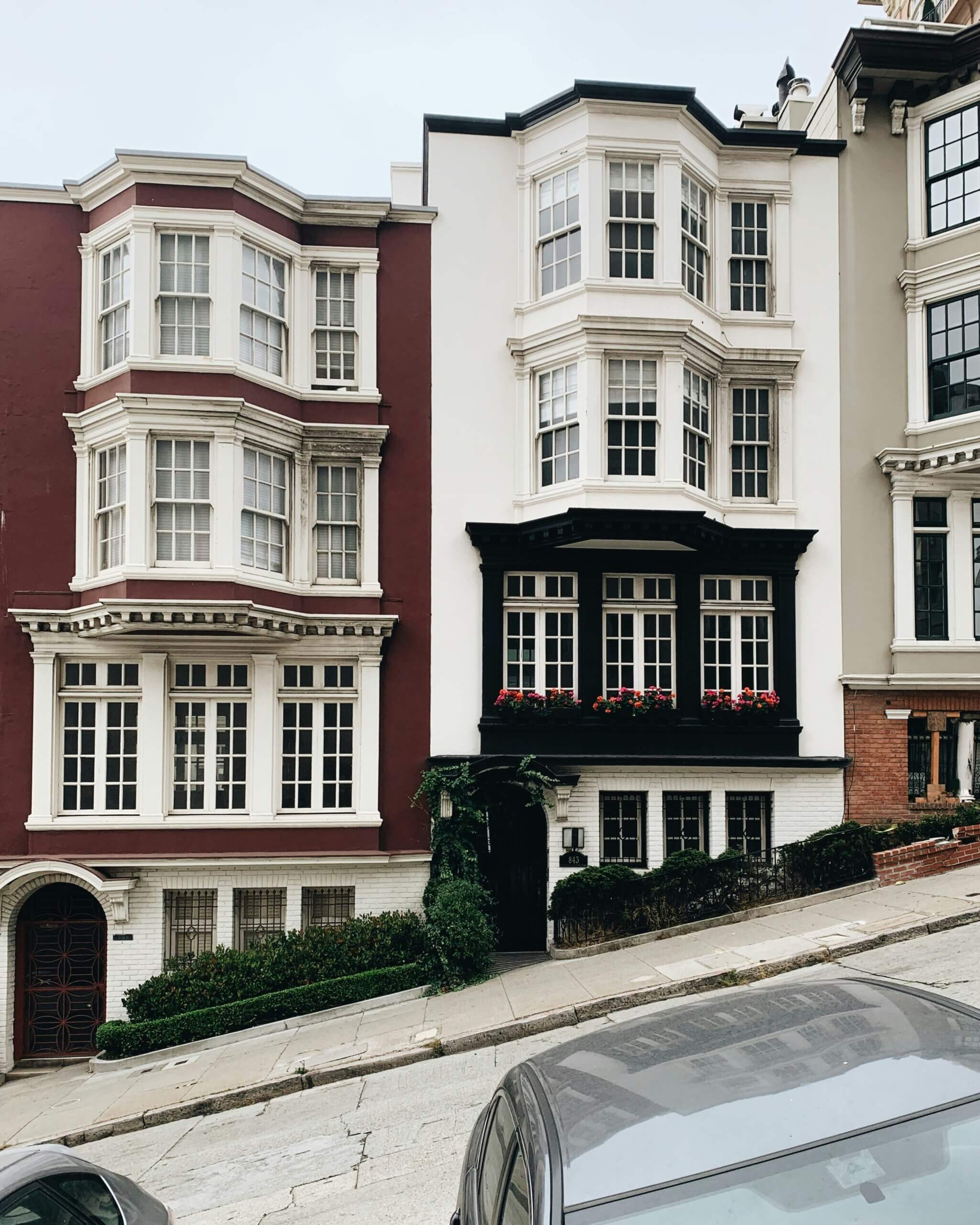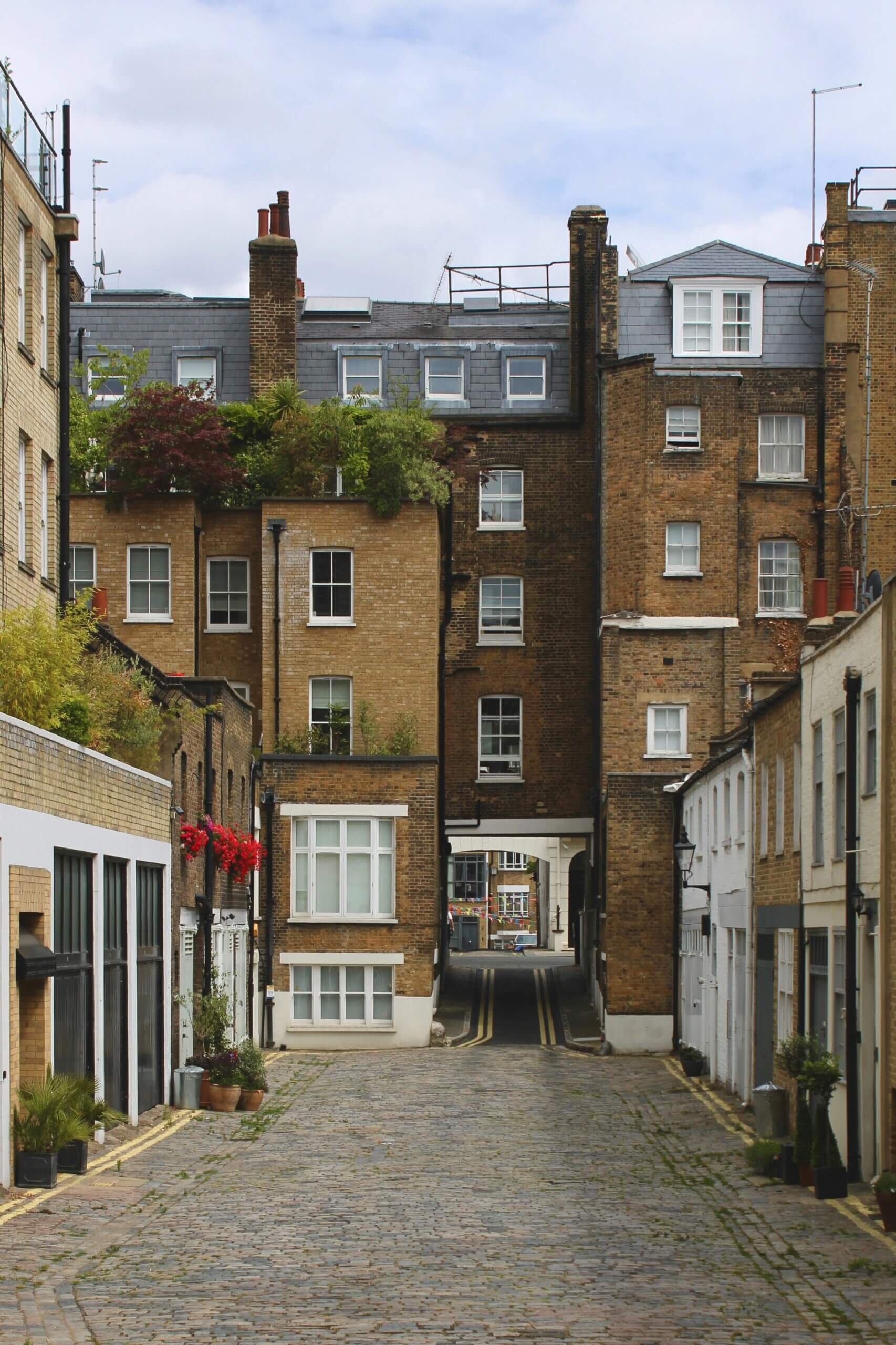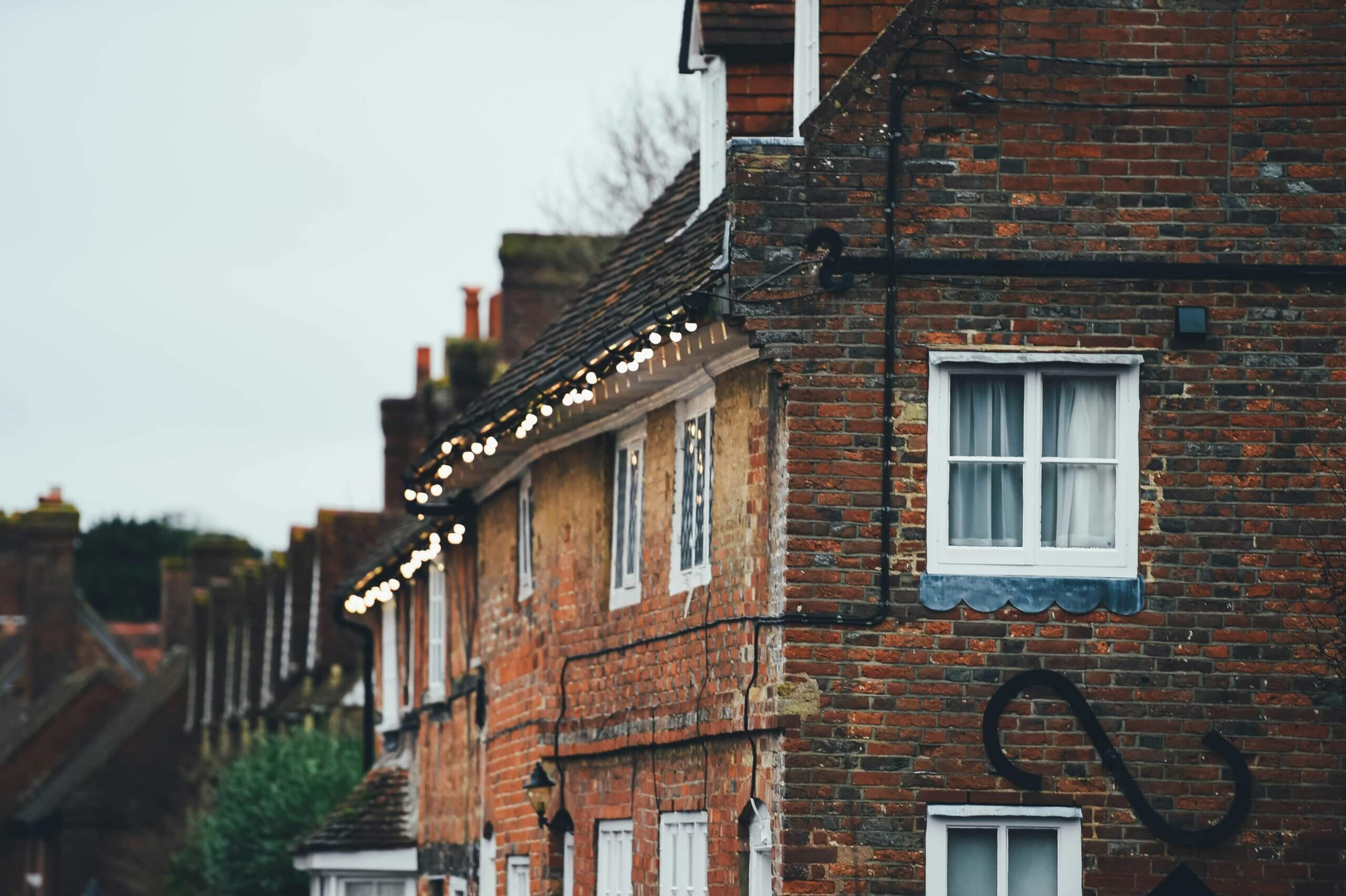Latest Journals
Browse all journalsA Landlord’s Guide on Preventing Damp and Mould in a Rental Property
Posted in:
HousingPavlos A
11 June 2025
A common challenge many landlords face is preventing damp and mould building up in their homes. Tenant complaints regarding dampness and mould often increase during the colder months as humidity rises indoors. However, many landlords support when addressing this problem. So, we are going to break down the causes of damp and mould and the risks they pose to your properties and tenants. Then, we will share ways you can combat this issue and continue to grow a profitable property portfolio regardless of the season.

Condensation: The Cause
Most times damp and mould are byproducts of condensation. For this reason, it’s worth knowing what causes condensation. One word. Moisture.
Many people don’t realise that air holds moisture. The extent to which it does is heavily dependent on the environment’s temperature. The warmer the air, the more moisture it holds. When this air comes in contact with cold surfaces like walls and windows, the moisture forms into water droplets, creating what we know as condensation.
Oftentimes, the main causes of condensation are:
- Insufficient Ventilation: Limited airflow can trap moisture in your rental property, especially in rooms which are naturally prone to high levels of humidity.
- Daily Activities: Cooking, showering and drying laundry are all activities that produce moisture.
- Heating Practices: In colder months, surfaces like walls and ceilings will cause damp and mould to form if the property has minimal heating.
The Risks of Damp and Mould
To begin with, damp and mould may seem harmless, but if left ignored, they can be detrimental to the health of both your tenants and the property. Failure to address these issues will affect you in multiple ways.
Property Damage
- Structural Impact: Dampness and mould will weaken your property’s walls, window frames and ceilings over time.
- Mould Growth: On many occasions, as mould grows within the property, it damages the paint and wallpaper and makes for an unpleasant sight within the property.
- Costs: As the damage escalates, extensive repairs may need to take place which will affect your rental income and in some cases, the value of your property.
Health Risks
- Allergens: Mould spores can trigger allergic reactions in individuals, causing discomfort for tenants. This could eventually lead to complaints or legal disputes from tenants who may feel as though their health is at risk.
- Respiratory Issues: Damp and mould can lead to respiratory challenges, especially for those with asthma or elderly individuals with existing health conditions.
Profitability and Tenant Turnover
- High Tenant Turnover: Unresolved condensation issues within the property will cause discomfort and dissatisfaction among your tenants. In due time, this may cause them to look for housing elsewhere. If not tended to, it could deter new tenants from your property.
- Profitability: Replacing tenants can be costly and time-consuming. Expenses such as advertising, re-listing the property and repairing damage will eat into the profitability of your property. In addition to this, you also have to factor in the income lost from having a vacant property.
Ways to Prevent Condensation, Damp, and Mould
In many instances, preventing condensation isn’t complicated. It mainly requires proactive action from you and your tenants. Time should be taken to provide your tenants with information and guidance on the best practices to make the property a more comfortable environment for them to live in. At the same time, ensure that preventative measures are in place to minimise the chances of condensation negatively affecting your rental property.
Improve Property Ventilation
- Use of Extractor Fans: Having functional extractor fans within the property, especially in the kitchen and bathroom, which are usually prone to excess moisture, will help control condensation levels.
- Positive Tenant Practices: Encourage your tenants to keep windows slightly open after showering, when cooking or while drying laundry to improve cross ventilation within the property.
Indoor Heating & Insulation
- Consistent Heating: Although constantly running the heating can be expensive for some tenants, keeping the house relatively warm, especially in colder months reduces the chances of colder surfaces causing condensation.
- Insulation: Investing in proper insulation will be beneficial to your property in the long run as it will help regulate indoor temperatures. Rental properties with double-glazed windows are less likely to develop condensation as temperatures drop.
- Invest in a Dehumidifier: Having a dehumidifier in your property is a great way to minimise humidity, especially in rooms with poor ventilation.
Proactive Measures
- Property Inspections: Conducting inspections on your property is a proactive way to make sure that your property is in good condition. It will help you catch any potential issues early and resolve them before they escalate.
- Tenant Education: Some tenants may be unfamiliar with damp and mould, so it is a good idea to educate your tenants on this topic for their awareness. Whether or not your property has issues with damp and mould, providing tenants with this knowledge is a great way to foster a more positive landlord-tenant relationship. It also reduces the chances of unnecessary complaints and disputes.
In more extreme cases, condensation may be caused by roof leakages or plumbing blockages, in which case seeking professional assistance will be the safest way to resolve this issue. Preventing damp and mould from negatively impacting your rental property can be costly and time-consuming, but with the right preventative measures, these problems won’t affect your income or the relationship you have with your tenants.
Maintaining a safe environment while generating a steady income is the priority of most landlords when investing in property. However, it isn’t as straightforward as many make it out to be. This is why we partner with landlords by providing them with a guaranteed rental income while relieving them of the hassle of managing their property.
We are constantly looking to work alongside new landlords interested in giving their homes a new purpose. If this sounds like you, reach out to us and let’s see how we can make your home both purposeful and profitable.
Pavlos A
Effective Ways to Reduce Utility Costs in Your Ren...

Pavlos A
A Landlord’s Guide on Preventing Damp and Mould in...

Pavlos A
How to Prepare Your Guaranteed Rental Property for...
